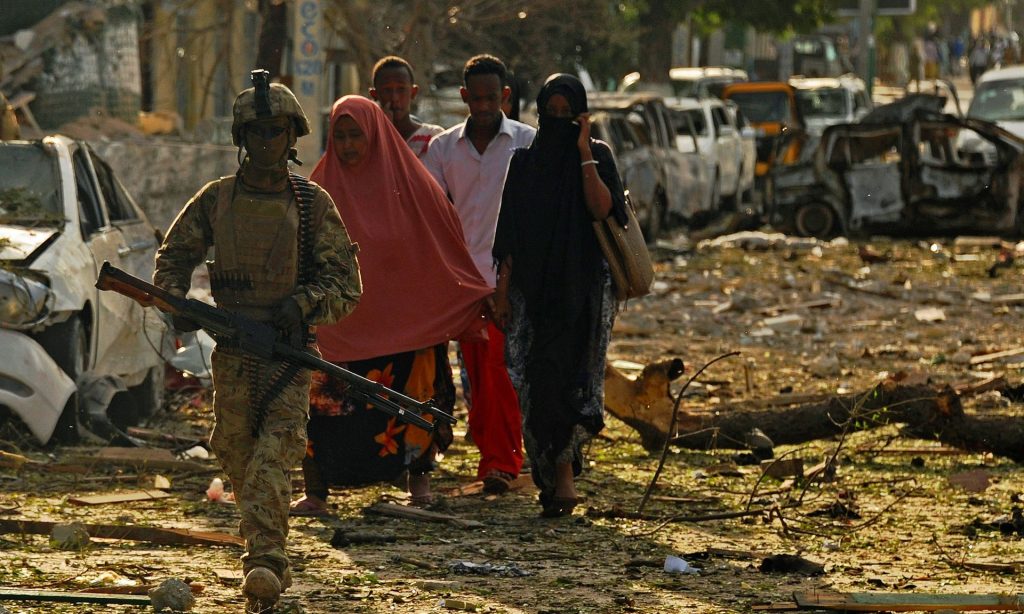Deeqa Hussein can’t put her finger on exactly how or when the vaccination disconnect happened in her community.

For years, the large number of Somali immigrant parents in the Twin Cities area vaccinated their children at rates as high as 92 percent ― outpacing virtually every other ethnic group. And then, Hussein said, many parents just stopped.
“I felt like there was a lot fear and anxiety surrounding the MMR vaccine,” said Hussein, a special-education teacher with the Minneapolis Public Schools who also serves as the vice president of the local Somali Parents Autism Network and has two sons with autism.
“In the Somali community, it’s very close-knit,” she said. “Word of mouth is much more powerful.”
Children of Somali descent in the Twin Cities are now vaccinated at about half the rate of non-Somali children. Those same children are the ones primarily affected by the ongoing measles outbreak in Minnesota that public health officials are scrambling to contain.
The Minnesota Department of Public Health now provides a daily update of the increasing totals. As of May 10, there were 51 measles cases confirmed across three counties, with the majority clustered in Hennepin County. All but five of the cases are Somali Minnesotans, and nearly all of them are children.
Public health experts and community advocates like Hussein all point to targeted, ongoing efforts by anti-vaccination activists like disgraced British doctor Andrew Wakefield and his disciples, who peddle anti-vaccine conspiracies like the widely discredited notion that vaccines contribute to autism risk.
As public health officials look at how to contain the current outbreak and re-tool their outreach going forward, several acknowledge a crucial element that for years went overlooked in their interactions with the Somali community.
Minnesota’s first wave of Somali immigrants came in the 1990s during the country’s civil war ― less than a decade after several years of measles outbreaks in Somalia and neighboring countries like Kenya and Ethiopia affected hundreds of thousands of people.
Somali Minnesotan vaccination rates remained among the highest of any group for the next two decades. Inexplicably, around 2008, Somali parents began to notice a cluster of autism cases in their community. Two years later, a special University of Minnesota project studying autism prevalence found that local Somali children aged 7 to 9 were identified as having ASD at a rate almost three times higher than the average population.
It was a perfect storm for Wakefield and his acolytes to enter with convincing ― though debunked ― narratives about how the government was lying to parents about vaccine dangers, and measles are only temporary while autism is forever.
Before public health and scientific experts realized their data-based approach had failed to allay the concerns of the Somali community, the anti-vaccination activists had sized the narrative with answers of their own.

